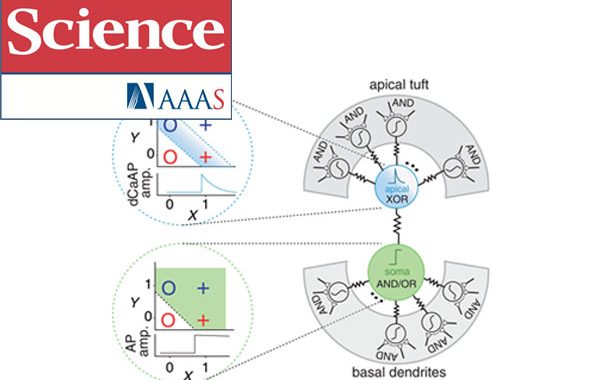What makes us human?
A question pondered since time immemorial, by philosophers and the layman alike, still receives as much interest as ever; and not surprisingly so since we are a species capable of self-reflection. Yet, we can only go so far with metaphysics. However reassuring the answers might be, they remain speculative and rather blunt. The great philosopher, David Hume, stands out in history for this exact reason: impressed by Isaac Newton’s achievements in the physical sciences, he sought to introduce the same experimental principles into the study of human intellect — a significant departure from Descartes’ dualism. Hume’s empiricism asserts, indeed, that there’s only one kind of entity, the material world, and human brains must be no exception. What is it then that makes Homo sapiens special?
Neocortical expansion, maybe
Evolutionary biologists and neuroscientists have long suspected that our neocortex, a brain region particularly well-developed in humans, accounts for our species’ remarkable intellect. Indeed, humans are bestowed with large neocortex to total brain matter ratio (compared with other mammals) and that’s why it folds within. Still, there are counter-examples. Dolphins’ neocortex is even more elaborately folded than ours, and while they are fairly bright fellows, they haven’t come up with calculus yet. There has to be something else.
Dendrites cast a spell
Our latest collaborative publication in Science might offer a hint. Experimental data from the Larkum lab at Humboldt University of Berlin, demonstrate how markedly different the dendrites of human neocortex pyramidal neurons are compared to other mammal species. In specific, the activation profile of calcium-mediated dendritic spikes is fine-tuned in a way that allows for an effective solution of the Exclusive OR (XOR gate) problem, as demonstrated by computational modelling performed in our lab. This is a major discovery, since the community thought the Exclusive OR computation would require elaborate, to say the least, multi-layer network implementations.
How did we reach our conclusions?
The team employed state-of-the-art techniques to:
- acquire neuronal recordings from brain tissue resections of epilepsy patients
- analyze the electrophysiological repertoire displayed by the dendrites
- implement the XOR gate computation in by leveraging the power of morphologically and electrophysiologically realistic neuronal models
(Lab) History repeats itself
On a side note, two decades ago, Dr. Poirazi published an article in Neuron under the title “Pyramidal Neuron as Two-Layer Neural Network”. That paper proved to be highly influential, and for good reason since it reframed the community’s understanding on the role of active dendrites in expanding the computational power of single neurons, including their potential to solve the XOR problem. The XOR gate publication makes another point along the same lines. Dendrites, empowered with finely tuned active mechanisms, greatly expand the processing power of the neural tissue at the sub-cellular level. This expansion may underlie our intellect powers!
Reference:
Gidon, A., Zolnik, T. A., Fidzinski, P., Bolduan, F., Papoutsi, A., Poirazi, P., … & Larkum, M. E. (2020). Dendritic action potentials and computation in human layer 2/3 cortical neurons. Science, 367(6473), 83-87. doi:10.1126/science.aax6239
Also, check the story as covered by the Media:
Listen to the episode of the Quanta Science Podcast describing the “Hidden Computational Power Found in the Arms of Neurons“. The dendritic arms of some human neurons can perform logic operations that once seemed to require whole neural networks. Read more here.
Unique Brain Signal Just Discovered. And It Might Make Us ‘Human’

Neuroscientists Discover New Kind of Signal in the Human Brain
![]()





